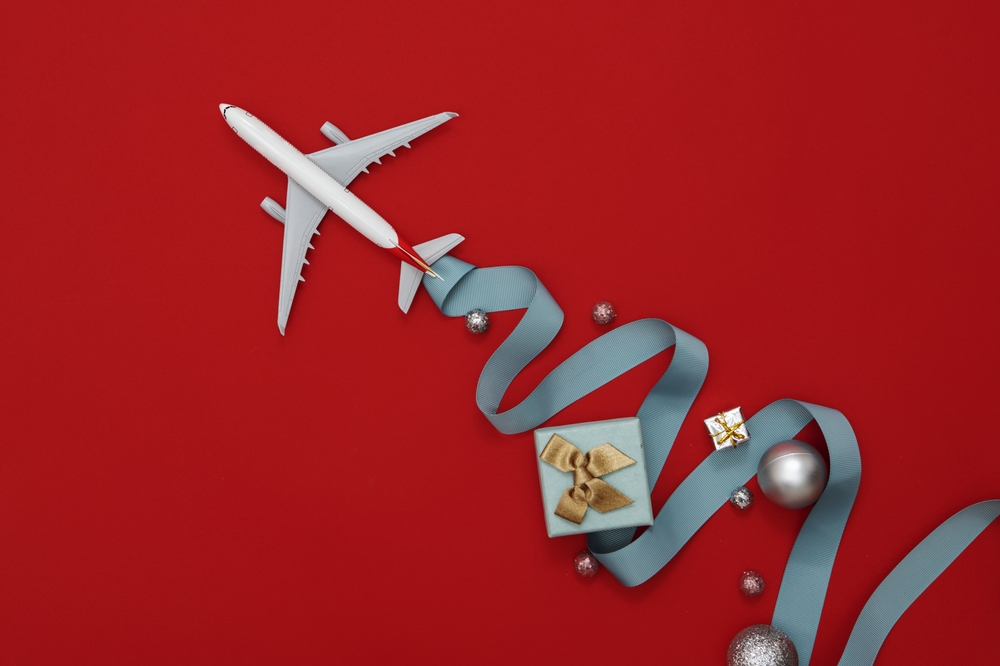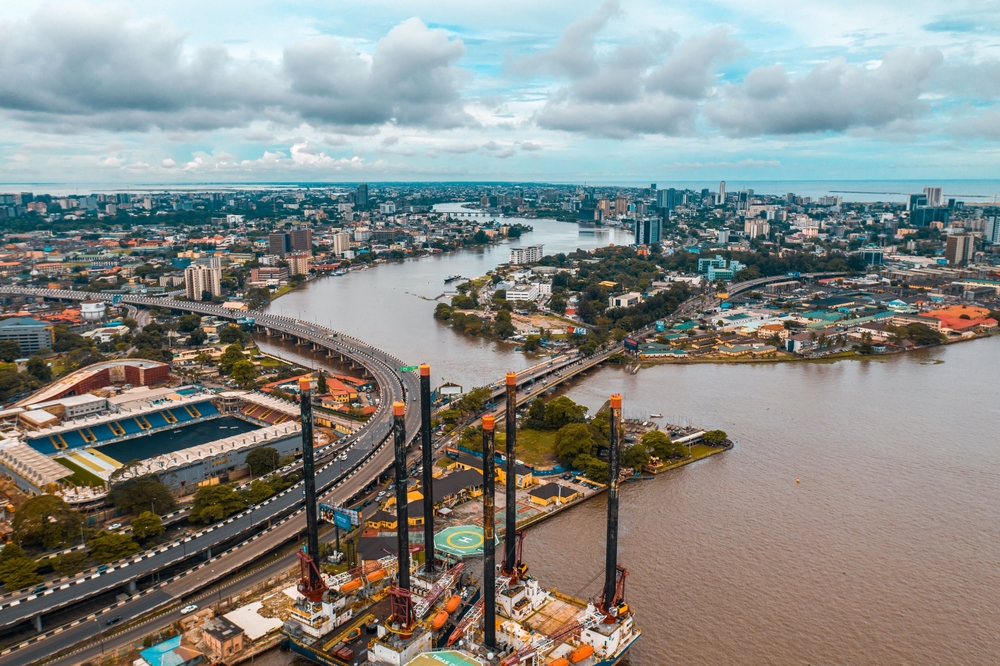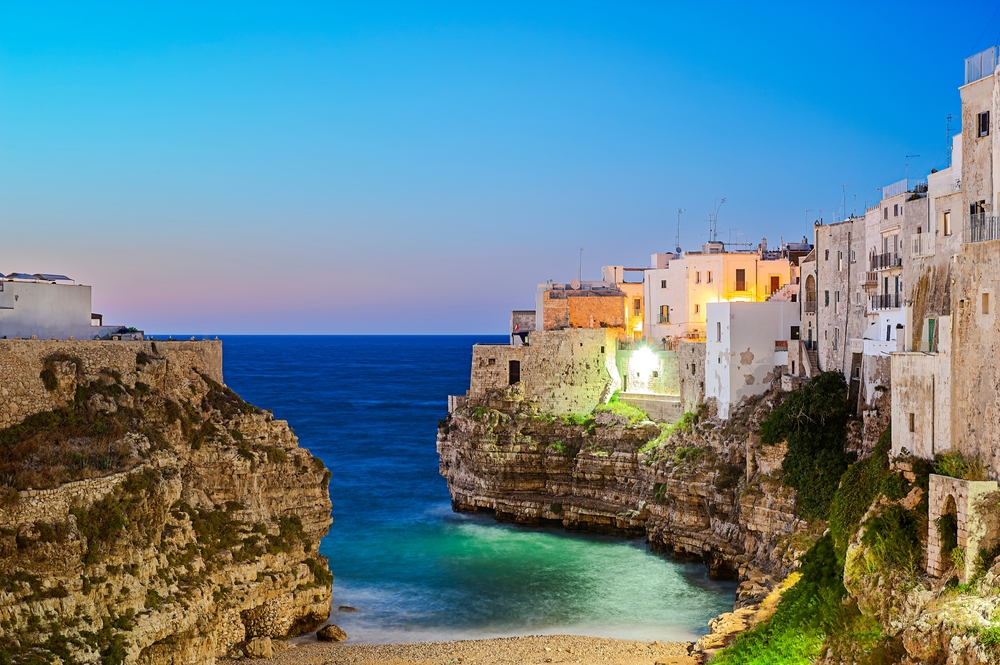Are you finally set to travel to Bali, a holiday destination that’s been on your bucket list for long? With the sunscreens and the sarongs, there’s more you need to pay heed to while packing your bags for Bali. A packing list will help you double-check and avoid any last-minute mishaps. And since shopping in Bali is half the fun of the holiday, you will need to keep some space in your bag to bring back some Bali keepsakes and gifts for your loved ones.
Here are 7 tips to help you pack like a pro for Bali:
1. Make a packing list
Write down everything you need to bring and check it off as you go. This will help you avoid forgetting anything important. Only pack the number of items needed to cover the duration of your trip, to avoid overpacking. If you need something, you can easily explore the Bali markets for inexpensive but beautiful items. Visit the Ubud Art Market, a crowd favourite for handwoven bags or baskets, silk scarves and Balinese souvenirs. But if you are looking for familiar brands like Dolce & Gabbana, head to Kuta Beachwalk. Other than this, there are many malls and supermarkets where you can buy all your necessities like toiletries, water and snacks.
2. Pack versatile clothing
Bring clothing that can be mixed and matched to create different outfits. This allows you to travel much lighter than you realize. Pack clothes according to the spots you intend to visit. While casual clothing and swimwear work for beaches and most other places, you might need something a little fancy for a high-end club or resort. Also, remember to pack a long dress or a long-sleeved shirt for temple visits. Hindu temples like Tanah Lot, Pura Luhur Uluwatu, or the Elephant Cave, require you to cover your knees and shoulders before entering. Carrying a sarong works for the beach and also for covering up your shorts at the temples. It is always best to respect local practices and cultures by keeping such things in mind while traveling.
3. Use organizing hacks
Rolling your clothes instead of folding them can help save a lot of space and prevent wrinkles on your clothing. Packing cubes will help you organize your luggage and prevent a mess every time you need to unpack. These organizing cubes come in many sizes and shapes to help save space.
4. Avoid heavy items
Keep out the heavy books and items that will have you paying for extra weight on the flight! If you want to read, go digital, and for everything else, you can always shop in Bali. If you intend to backpack, packing light is even more important. You can also just shop for inexpensive lightweight clothing in beautiful tropical colours and prints in most places you visit in Bali.
5. Pack for the weather
Check the weather forecast for the month you plan to travel. This will help you pack accordingly. The temperatures run high between April and September, so pack as light as possible. Traveling between November and April, you will need an umbrella or raincoat to brave the wet season. Don’t forget your sunblock and a pair of sunglasses no matter the weather. And if you plan on hiking to spots like Mount Batur, don’t forget to bring along a sturdy pair of boots that are already broken in. This tip helps you avoid hurting your ankle or getting any cuts from new boots on your holiday.
6. Pack essentials in your carry-on
Keep your essentials like passport, travel documents, and medication in your hand luggage. Any expensive items like jewelry should be kept on you as well. Keeping them in checked-in luggage puts you at risk of losing them in case the airlines lose or misplace your luggage (which happens more often than anyone wants). We recommend leaving them at home and instead exploring the artsy shops around areas like Seminyak, Badung, and Ubud where locals sell unique jewelry designs.
7. Leave some space in your luggage
Don’t stuff your suitcase or bag to the brim just because you can. With some light packing, you will have room to bring back souvenirs and other items you might pick up on your trip.



